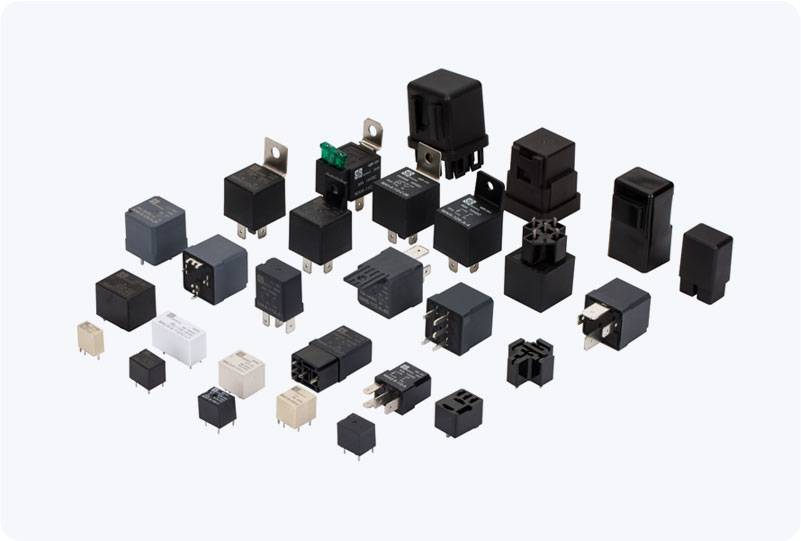A 220V AC relay is a crucial component in various electrical systems, designed to control high-voltage circuits using a low-voltage signal. It acts as a switch that allows electrical devices to be controlled remotely or automatically, offering both convenience and safety in handling high-power applications. This article will explore the function, working principle, and common applications of the 220V AC relay, highlighting its importance in modern electrical systems.

What is a 220V AC Relay? At its core, a relay is an electrically operated switch. The 220V AC relay is specifically designed to handle an alternating current (AC) of 220 volts, which is the standard voltage in many countries. These relays are typically used to control devices that require high power or involve potentially dangerous high-voltage AC circuits, but the control mechanism operates at a much lower voltage. By using a small current to control a larger one, relays provide a safe and efficient means of managing electrical systems. The relay comprises an electromagnet, a set of contacts, and a spring. When a low-voltage current flows through the coil (electromagnet), it generates a magnetic field that moves the relay’s contacts, either opening or closing a circuit. The relay can thus act as a remote switch for high-voltage devices or circuits.
Leave a Reply